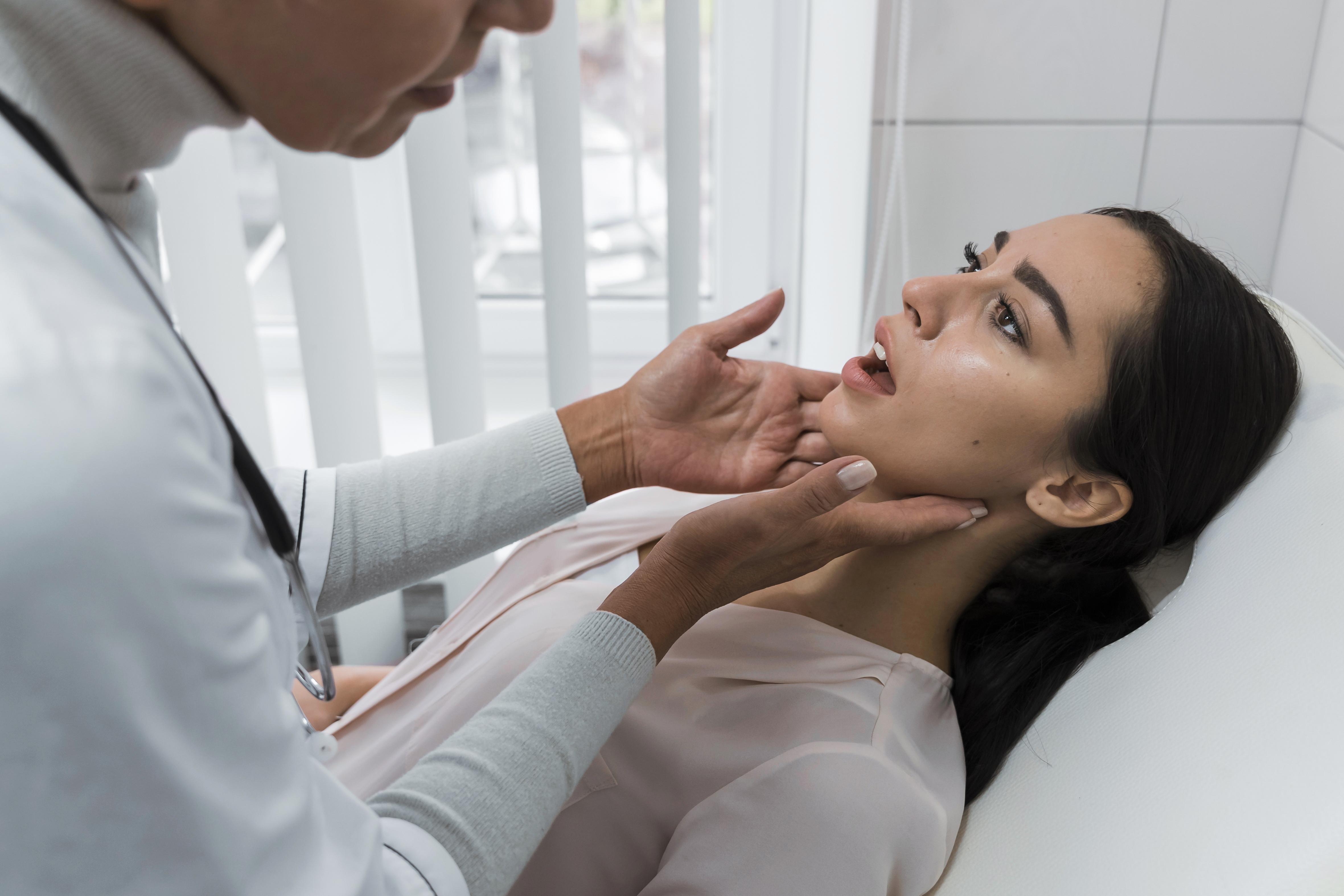If you're dealing with the relentless discomfort of TMJ (temporomandibular joint) disorders, you know just how disruptive it can be. Jaw pain, headaches, clicking or popping sounds when you chew—these symptoms can turn everyday activities into painful challenges. But here's the good news: at Florida TMJ Physical Therapy Center in Pembroke Pines, we believe you don’t have to live with this pain forever. As a Doctor of Physical Therapy specializing in TMJ disorders, I’ve seen firsthand how effective the right physical therapy methods can be in providing relief and restoring a pain-free life.
In this article, I’m going to walk you through the most effective physical therapy methods for TMJ disorders. I’ll also share why physical therapy is often the best alternative to surgery, especially if you’re seeking treatment in Broward County. Let’s get started on your journey to a pain-free life.
Understanding TMJ Disorders
What is the Temporomandibular Joint? The temporomandibular joint (TMJ) is a hinge that connects your jawbone to your skull. You have one on each side of your jaw. This joint is crucial for everyday functions like talking, chewing, and even yawning. When something goes wrong with this joint or the muscles that control it, you can end up with a TMJ disorder, often simply called “TMJ.”
Common Causes of TMJ Disorders
- Bruxism (Teeth Grinding)
- Injury
- Arthritis
- Poor Posture
Top Physical Therapy Methods for TMJ Relief
Now that we’ve covered the basics, let’s dive into the top physical therapy methods that can help you find relief from TMJ pain.
1. Manual Therapy Techniques
Manual therapy is a hands-on approach where a physical therapist uses their hands to manipulate the muscles and joints. For TMJ disorders, this often involves:
- Myofascial Release
- Trigger Point Therapy
- Joint Mobilization
2. Therapeutic Exercises
Just like any other joint in the body, the TMJ can benefit from targeted exercises. These exercises are designed to strengthen the muscles around the jaw, improve flexibility, and reduce pain.
- Controlled Jaw Opening Exercises
- Tongue-Controlled Mouth Opening
- Isometric Exercises
3. Postural Correction and Ergonomics
If you spend long hours hunched over a computer or slouched on the couch, it could be contributing to your TMJ pain. Poor posture can lead to muscle imbalances that affect the alignment of your jaw. That’s why one of the key components of TMJ physical therapy is postural correction.
4. Pain Relief Modalities
In addition to hands-on techniques and exercises, physical therapists often use various modalities to help manage pain and inflammation associated with TMJ disorders.
- Ultrasound Therapy
- Heat/Cold Therapy
- TENS (Transcutaneous Electrical Nerve Stimulation)
5. Patient Education and Self-Management Strategies
One of the most important aspects of physical therapy is empowering patients to take control of their own recovery. I spend a lot of time educating my patients about their condition and teaching them strategies they can use at home.
- Stress Management
- Dietary Modifications
- Habit Awareness
Why Choose Physical Therapy Over Surgery?
While surgery can be an option for severe cases of TMJ disorders, it’s often considered a last resort for a reason. TMJ surgery comes with significant risks, including infection, nerve damage, and even worsening of symptoms. In many cases, surgery can be avoided with effective physical therapy.
Success Rates of Physical Therapy in TMJ Treatment
Studies have shown that physical therapy can be highly effective in treating TMJ disorders. In my own practice, I’ve seen patients who were on the verge of considering surgery experience significant improvement after committing to a personalized physical therapy program.


